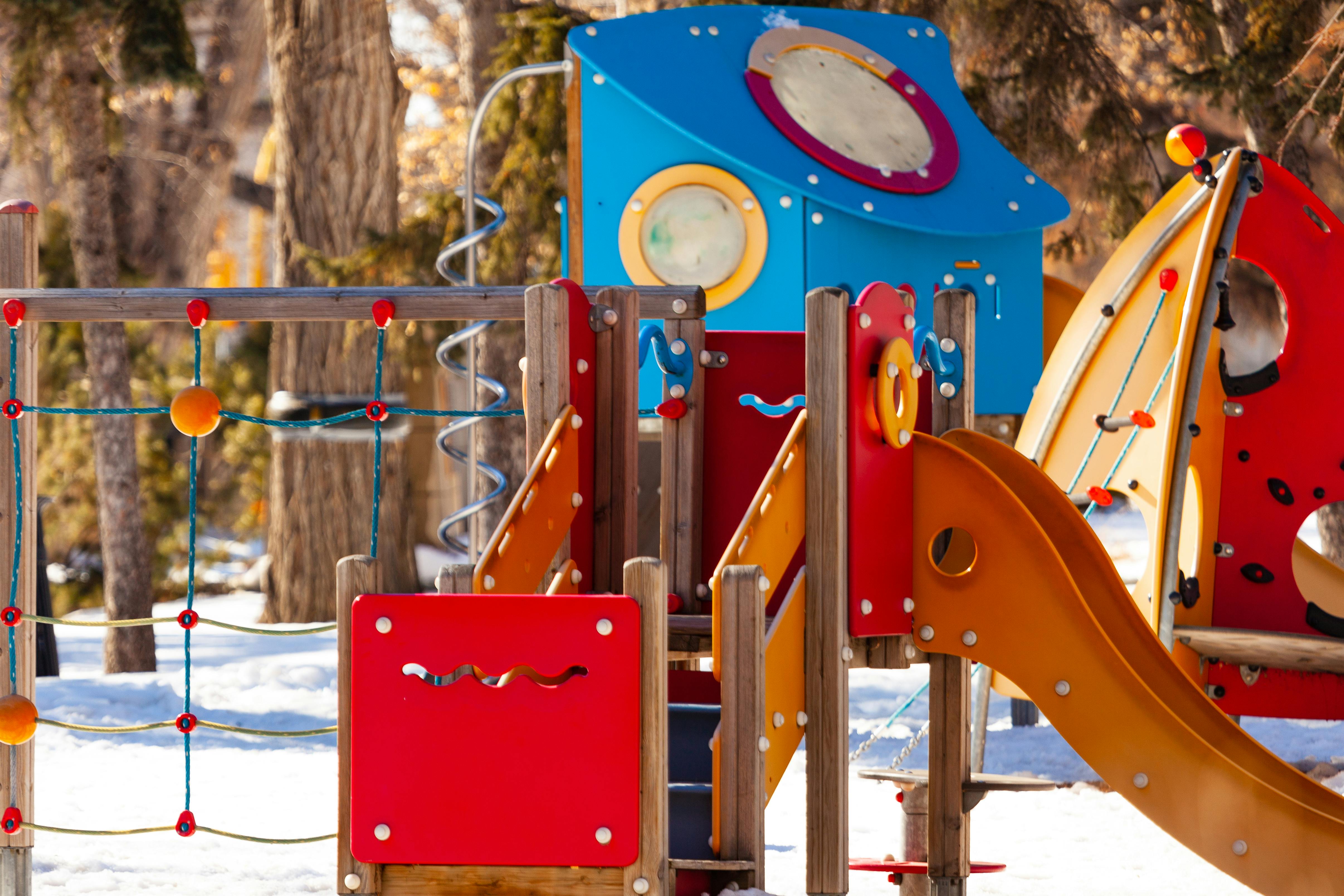Imagine a night at home, your children playing in the living room while you prepare dinner for the family. Parents will not normally check on their children and say, “Oh! How nice of you to play and take care of each other!”
Now, let’s think about another scenario. While you cook, you hear your children fight, scream and cry. Your instinct is to run to the living room and watch the scene. You’ll say, “You two! Please stop fighting and let Mom have some peace and quiet!”
What do these two scenes tell you? We are more likely to see the bad than the good. As people have mentioned, we remember the wrong mistakes others have made than the right acts.
Difference Between Reactive and Proactive in Parenting
Parents tend to be more reactive than proactive. This is why it can be tedious and annoying for some.
reagent
Reactive is when an individual only makes a decision after the event occurs. A type of parenting where you control a child’s behavior by following what the parent wants.
In Reactive, there will be more negative results. Cite for example the second scenario, the father yells at his sons while they fight. Reagent samples is when you say “Stop. No, don’t do that!”.
proactive
Proactive is the ability of an individual to make/plan decisions before an event occurs. A parent becomes proactive in these examples: creating a meal plan or telling the child to take a shower after 10 minutes.
· This is when you give your child choices and make him aware of the consequences of an action.
What is the recommended parenting style? And how can you apply this? Proactive parenting provides the opportunity for both parents and children to develop leadership and understanding.
Factors to consider for proactive parenting:
1. Identify the child’s behavior.
Your child throws a tantrum in the middle of a social gathering. What are you going to do?
A. Remove him from the scene, distract him and/or put him to sleep while showing frustration.
B. Walk away from the scene and ask what happened as you watch your child.
There will always be a reason behind your child’s behavior. It is the amount of attention you pay that will help you make sense of a situation. Learn to be more understanding of your child’s emotions.
two. Independence
Once you give your toddler a bath, you:
A. Choose the type of clothing he wears and get him dressed immediately.
B. Let your child choose his clothes and encourage him to help you dress him.
A child becomes independent only when you allow it. A young child wants to explore his abilities and one of them is to pull his pants up or down or choose his clothes. Don’t let your child become dependent on you.
3. stop being reactive
Your son begins to be violent with his sister. What are you going to do?
A. You’ll pull him away, point your finger at him, and say “Hiting your sister is wrong! Go take a break.”
B. He asks why he became aggressive and if it is a correct way to express his anger.
As a parent, you must be able to see both sides of the story. Just because he saw his son hit his brother doesn’t mean he should scold him. The best way to fix this is by talking to him and making him realize that what he did was wrong.
The 3 C’s of Parenting
Being a parent comes with failures, we don’t realize the impact of our actions during a heated event. It is human nature to be impulsive and expressive. But once he becomes a parent, he must control this impulsiveness and rushed emotions.
The 3 C’s help parents reinforce their children’s good behavior. So that you, as a parent, understand why your child behaves ‘this way’ and how he can deal with ‘this’ behavior.
againstuse
Every afternoon, little Rob and his parents go to the park. But when they do, the boy has violent outbursts so he decides to leave sooner than expected.
Why does your child misbehave and when does it happen? Being aware of your child’s “triggers” can help him cope and/or guide him to take the right action.
On stage, how do you interpret this? Maybe Rob didn’t nap or he doesn’t like to play outside? The answer to this is the child’s sensitivity to the environment. Young children would show disgust when the temperature or weather made them feel uncomfortable.
Imagine yourself in corporate attire, traveling on a hot day with sweat trickling down your neck. Most people would be in a bad mood because of the weather and the clothes.
This is what a child feels and expresses through crying or tantrums. The best solution to combat this is to wear comfortable and appropriate clothing.
againstconduct
Celine, a 20-month-old toddler, tends to hit and yell at her parents when she doesn’t get what she wants. What should Celine’s parents do?
When a child does something new, like exclaiming that he doesn’t like it, adults will see it as a lovable act. But, showing how you find it cute will cause the child to repeat the behavior. You need to set a boundary and find a way to transition from bad behavior to good behavior.
In this case, identify what type of behavior your child is currently engaging in. Then assess whether it will have a long-term positive effect. If not, find an alternative option (or the behavior you want your child to have).
againstimpact
Lydia and George, Bob’s parents, have a hard time instilling good behavior in their son. When Bob throws and wastes food, his parents resort to feeding him.
How will you know when a behavior is too much? Are you afraid of “punishing” your child? Well, we all know that if you keep ignoring a certain behavior, the child will adapt to it. Ignoring is a way of telling your child, “It’s okay! Keep doing what you’re doing!”
Young children can understand it through simple actions and words. Lydia and George shouldn’t have taken the easy way out, but what they had to do was tell Bob that he wasn’t okay. Let the child realize that this type of behavior is unacceptable.
How? One way is through timeout, but before that, analyze the reason behind its behavior. Perhaps all you need to do is decrease the amount of food. If you do these 3 C’s of parenting, you’ll be more aware of your next step.
The power of conditioning
Reinforcing good behavior will never be easy, it’s not as easy as lifting a finger. Do you know Operant Conditioning? A theory created by BF Skinner in which there are two factors; reinforcement and punishment.
Operant conditioning explains the probability of changing a behavior. It will be a reinforcing change (encouraging an action) or a punishment (getting rid of an attitude).
For the booster to be successful, it must have a reward. Meanwhile, in order to eliminate a behavior, you must impose a consequence.
Cynthia (24 months) doesn’t like to eat vegetables, she starts crying or playing with her food.
Rewards:
Reinforcing the change is when you tell Cynthia that if she eats vegetables, she can play 10 more minutes before bed.
Punishment:
But if Cynthia continues to misbehave, you’ll have to let her face the wall instead of playing. So how effective is this? As long as she employs the correct technique, the type of behavior she desires will emerge.
Always keep in mind that you shouldn’t always give a reward. The essence of reward is to instill the behavior you want. Once you see that your child isn’t having a hard time adjusting to the change, you can slowly remove the reward.
As for punishment, it should be your last resort. If you have done everything from understanding your child to negotiating, you can use punishment.
reinforcement application
Little boys will be bold, you will always hear their cries of independence. There is nothing wrong with a child wanting to try an activity on their own. But you must supervise your son, see if he behaves in the best way.
To reinforce good behavior, you need to praise them and show them how much you appreciate them. For example, your son giving you his plate after eating. You can say, “Wow! You’re a big boy now, thanks for helping Mom/Dad.”
What the child needs is attention, to give him the opportunity to learn the feeling of winning and losing. Let them know that mistakes are normal. But make your child realize that once he’s failed, it doesn’t mean he shouldn’t try again.
As most studies mention, good behavior is learned and is not an innate characteristic. With the correct use of reinforcement and punishment, you will notice serious changes in the attitude of your young children.
Encouraging your child to do simple activities the right way will lead to good behavior.



